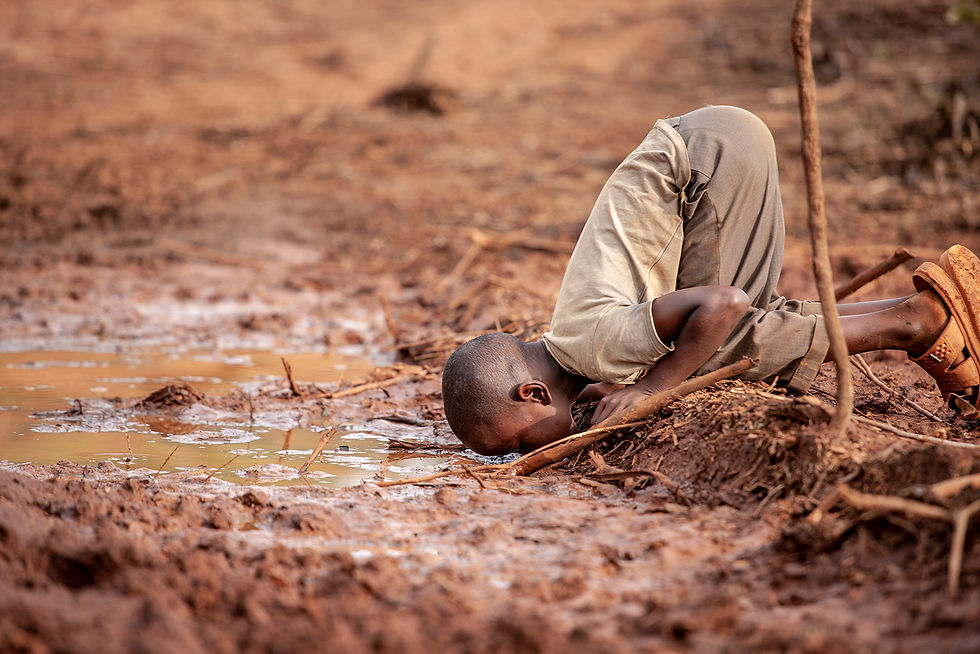
Ecological Justice in World Poetry
Context
In February 2021, the Singapore Government unveiled the Singapore Green Plan 2030 -- the latest iteration of a nationwide environmental blueprint first released in 1992.
As part of the Green Plan 2030, MOE will adopt policies and programmes to develop sustainability policies, lesson resources and infrastructure. This unit, “Ecological Justice in World Poetry”, aims to capitalise on the unique opportunities that Literature affords to deepen the environmental consciousness of our youth as one of, if not the most pressing issue of their time.
Studying poetry, in particular, is a key avenue for unpacking the complexity of environmental justice because of its unique ability to empower empathy for a matter as simultaneously concrete and abstract as climate change.
"While all narrative genres are capable of complexity, some struggle to represent environmental problems that challenge human imaginations and include vast and complex temporal and geographical scales far beyond the immediate experience or lifetime of a single individual ... Poems depend on unique formal qualities, and are perhaps even more than other literary genres animated by and able to contain open-ended, multiple and even contradictory levels of meaning."
- Susana Lidstrom and Greg Garrard,
‘“Images Adequate to Our Predicament”: Ecology, Environment and Ecopoetics’, 2014
Student Profile
This poetry package is designed for Secondary Three Express students in a mainstream government school.
A typical class would comprise 20-40 mid-to-high progress learners offering Pure or Elective Literature.
The lessons use a blend of Small Group and Whole Class Teaching strategies to appeal to the students’ visual and kinaesthetic learning styles.





